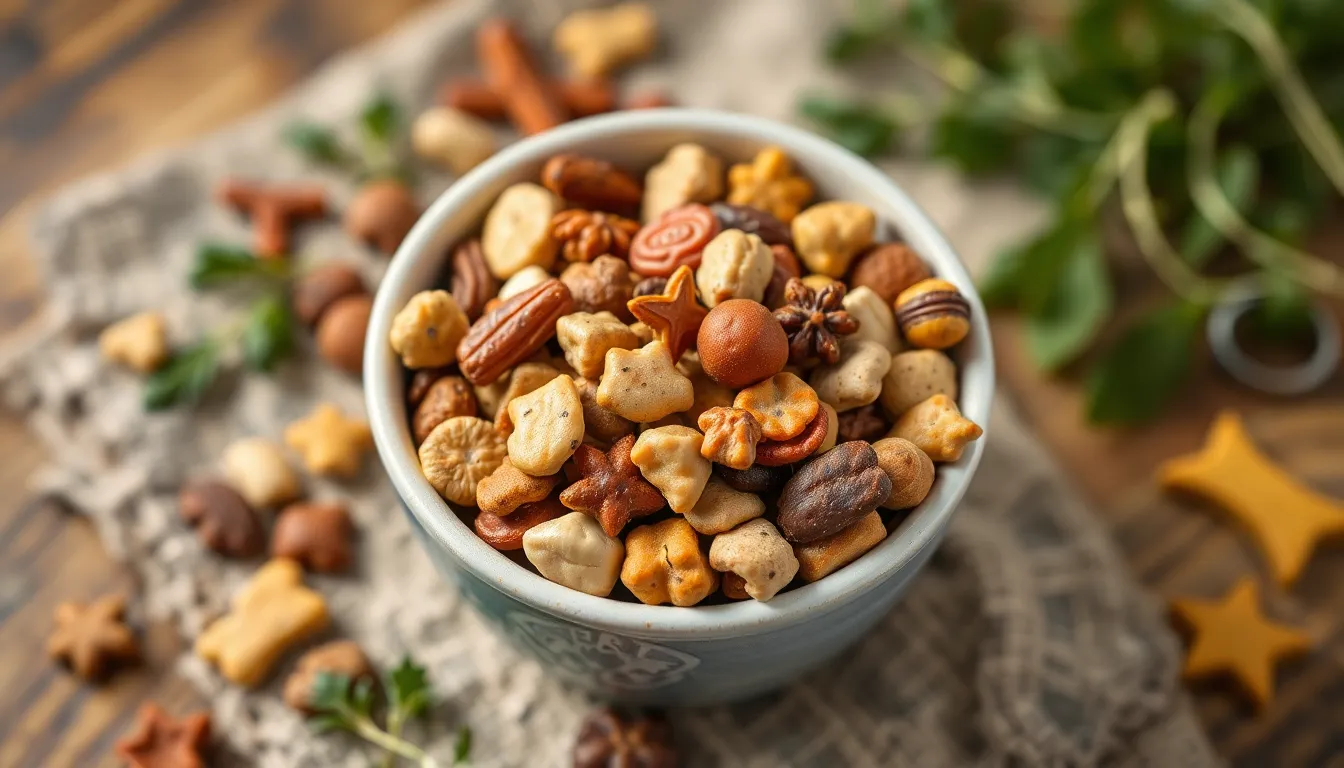How to Make a Stir-Fry with Seasonal Produce
Introduction
Stir-frying is a cooking technique that involves quickly cooking small, uniform pieces of food in a hot pan with a small amount of oil. This method not only delivers delicious flavors but also creates a vibrant presentation of colorful ingredients. One of the best ways to elevate your stir-fry is by utilizing seasonal produce, which enhances both the taste and nutritional value of the dish.
In this article, we will explore the art of stir-frying, delve into the benefits of using seasonal produce, provide you with a comprehensive guide to choosing the best ingredients, and walk you through the stir-frying process step by step.
Section 1: Understanding Stir-Fry
Stir-frying is a versatile cooking technique that originated in Asia, particularly in China, and has since spread to various culinary traditions worldwide. The technique involves cooking food quickly over high heat while stirring constantly, ensuring even cooking and a delightful texture.
The history of stir-frying dates back to ancient times when it was used as a practical way to prepare food quickly over an open flame. It has become an integral part of East Asian cuisines, with each culture adding its unique twist to the technique.
Key Benefits of Stir-Frying
- Quick cooking time: Stir-frying typically takes only a few minutes, making it an ideal choice for busy weeknight dinners.
- Retention of nutrients: The high heat and short cooking time help preserve vitamins and minerals in the ingredients.
- Versatility in flavors and ingredients: Almost any combination of vegetables, proteins, and sauces can be used, allowing for endless creativity in the kitchen.
Section 2: Choosing Your Seasonal Produce
Seasonal produce refers to fruits and vegetables that are harvested at their peak ripeness during specific times of the year. Using seasonal ingredients ensures that you are getting the freshest products, which are often more flavorful and nutritious.
Below is a list of seasonal vegetables and fruits categorized by season:
| Season | Vegetable/Fruit | Best Uses |
|---|---|---|
| Spring | Asparagus | Stir-fry with garlic and soy sauce |
| Spring | Snap peas | Combine with carrots and ginger |
| Summer | Zucchini | Pair with bell peppers and basil |
| Summer | Bell peppers | Add to stir-fry for color and sweetness |
| Fall | Brussels Sprouts | Combine with chestnuts and cranberries |
| Fall | Butternut Squash | Great for a hearty stir-fry with spices |
| Winter | Kale | Mix with carrots and sesame oil |
| Winter | Broccoli | Perfect for a quick stir-fry with garlic |
Section 3: Essential Stir-Fry Ingredients
To create a delicious stir-fry, you’ll need a variety of essential ingredients:
Basic Ingredients
- Proteins: Consider tofu, chicken, beef, or shrimp as your protein source. Choose based on your dietary preferences.
- Oils: Use oils with high smoke points, such as sesame oil or vegetable oil, for cooking.
- Aromatics: Garlic, ginger, and onions are key to imparting flavor to your dish.
- Sauces: Soy sauce, oyster sauce, and hoisin sauce add depth and richness to your stir-fry.
Optional Ingredients
For added flavor and texture, consider incorporating:
- Nuts (such as cashews or peanuts) for crunch
- Seeds (like sesame seeds) for garnish
- Fresh herbs (such as cilantro or basil) for brightness
Section 4: The Stir-Frying Process
Now that you have your ingredients ready, let’s walk through the step-by-step process of stir-frying:
1. Preparation
- Cutting Vegetables and Proteins: Begin by washing and cutting your vegetables and proteins into uniform bite-sized pieces to ensure even cooking.
- Marinating Proteins: If using meat or tofu, consider marinating them for at least 30 minutes to enhance flavors.
2. Heating the Pan
- Choosing the Right Type of Pan: A wok is ideal for stir-frying due to its high sides and ability to distribute heat evenly. However, a large skillet can work as well.
- Optimal Temperature Settings: Preheat your pan over high heat until it is very hot but not smoking. A drop of water should sizzle and evaporate almost immediately.
3. Cooking
Follow this cooking order for the best results:
- Aromatics First: Add minced garlic, ginger, and onions first, stirring quickly to avoid burning.
- Cook Proteins: Next, add your marinated proteins and cook until browned and just cooked through.
- Add Vegetables: Add your hardest vegetables first (like carrots or broccoli) and stir-fry them for a couple of minutes before adding softer vegetables.
To achieve the perfect sear, avoid overcrowding the pan. Work in batches if necessary.
4. Adding Sauces and Serving
Once your vegetables are tender and your proteins are cooked, it’s time to add your sauces:
- How to Add Sauces: Pour your chosen sauces over the stir-fry and quickly toss everything to evenly coat the ingredients.
- Serving: Serve your stir-fry immediately over rice or noodles. Garnish with nuts, seeds, or fresh herbs as desired.
Conclusion
Stir-frying is not only a quick and easy cooking method but also an excellent way to enjoy the vibrant flavors and nutrients of seasonal produce. By understanding the basics of stir-frying, selecting the right ingredients, and following the step-by-step process, you can create delicious and healthy meals any time of year.
Experiment with different seasonal ingredients, sauces, and proteins to find your perfect stir-fry combination. Happy cooking!




